PHC Matters
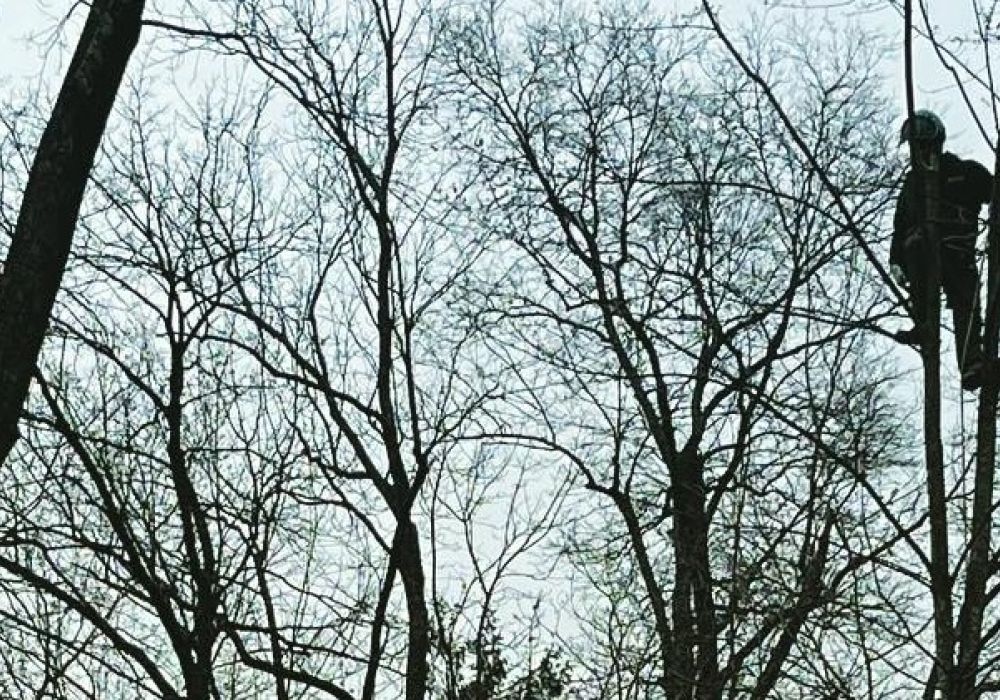
Essential Winter Plant Health Care Services
POSTED ON: BY: Burkholder PHC
During the winter, while the tree leaves have fallen and the colors of your backyard may seem to have faded away, a complex world of plant life awaits spring’s arrival. Ensuring robust plant health throughout these months requires specialized care. Winter plant health care services are essential for keeping your plants vibrant and healthy for spring.
Learn About S…
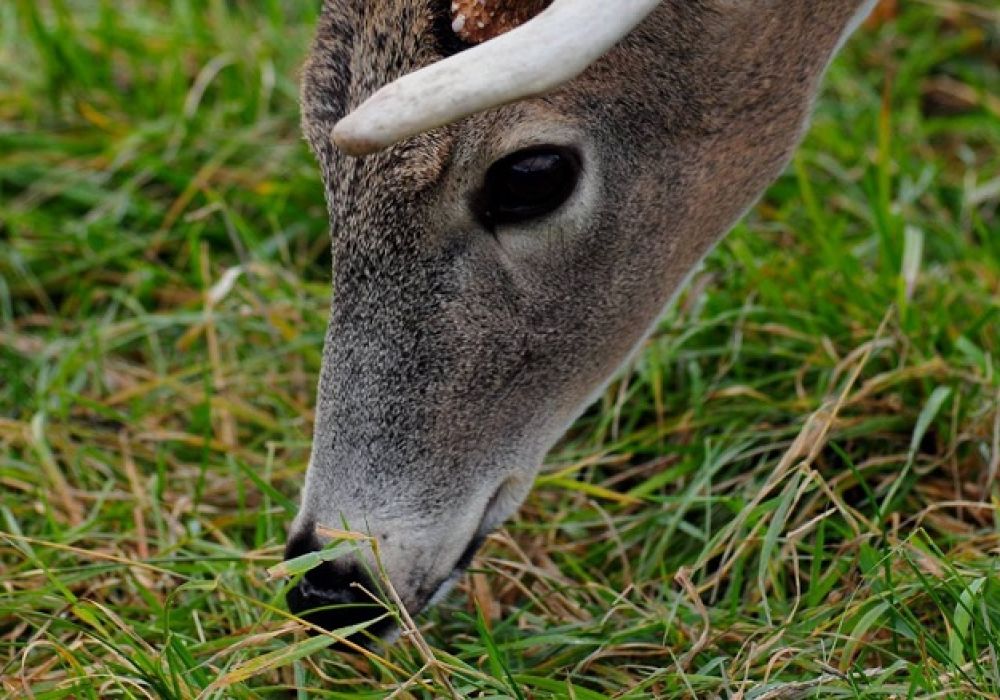
How Deer Repellent Keeps Your Property Safe
POSTED ON: BY: Burkholder PHC
We all love reindeer, but when local deer begin destroying property, some deer repellent action may need to be taken. The deer population in Pennsylvania is estimated to be around 1.5 million. You have probably seen deer around your neighborhood, especially if you live in a rural or suburban area. And as much as we enjoy seeing deer in nature, the damage to your lawn an…
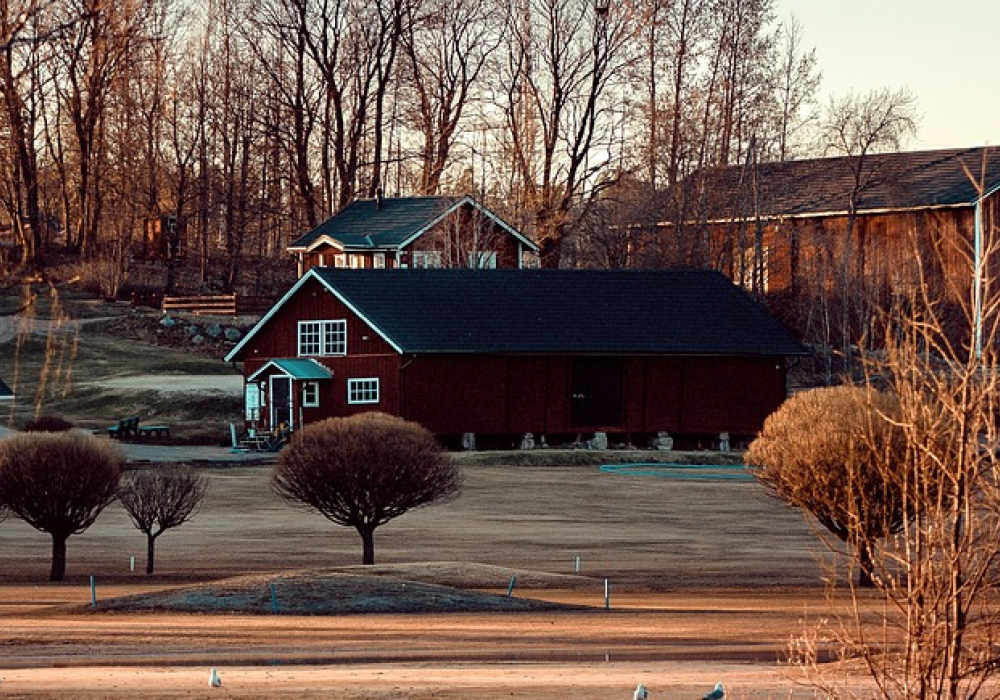
Best Time to Prune River Birch Trees
POSTED ON: BY: Burkholder PHC
For homeowners who aspire to maintain their landscape’s health and visual appeal, knowing the right time to prune trees is helpful. Late fall to early winter marks the ideal time to prune river birch trees for several reasons, such as minimizing sap flow and preventing infestations that can lead to diseases. By adhering to this pruning schedule, you can reduce the risk…
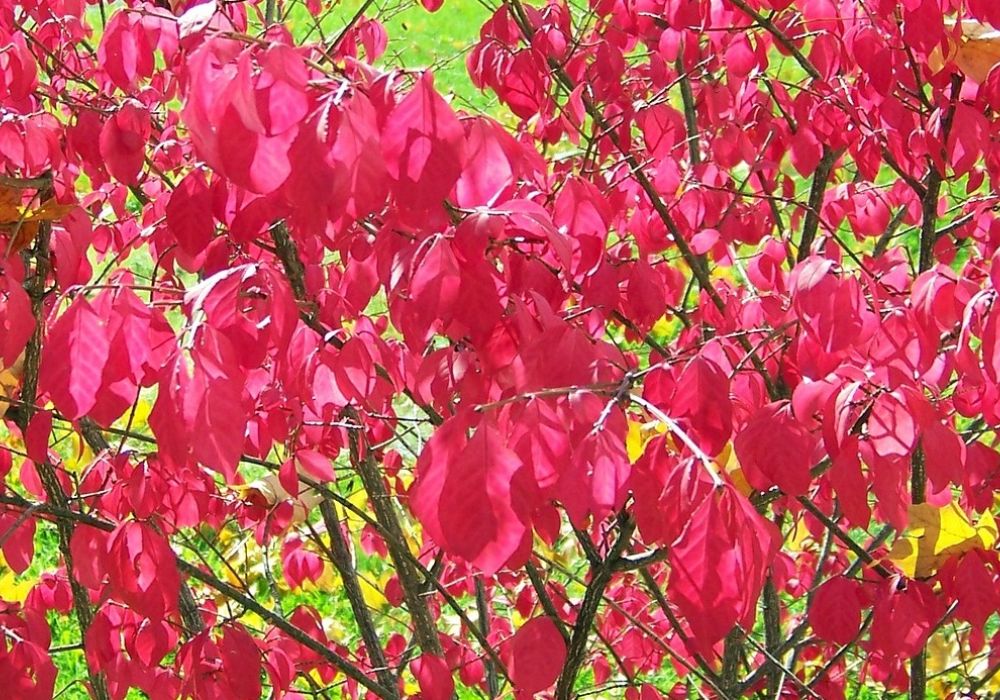
Burning Bush Invasive Plant
POSTED ON: BY: Burkholder PHC
In previous articles we have been discussing invasive species and plants. One example we mentioned is burning bush. Burning bush (Euonymus alatus) is a species of flowering plant native to central and northern China, Japan, and Korea. The plant is popular in landscapes for vibrant red foliage during the fall. However, burning bush is an invasive plant species that Penns…
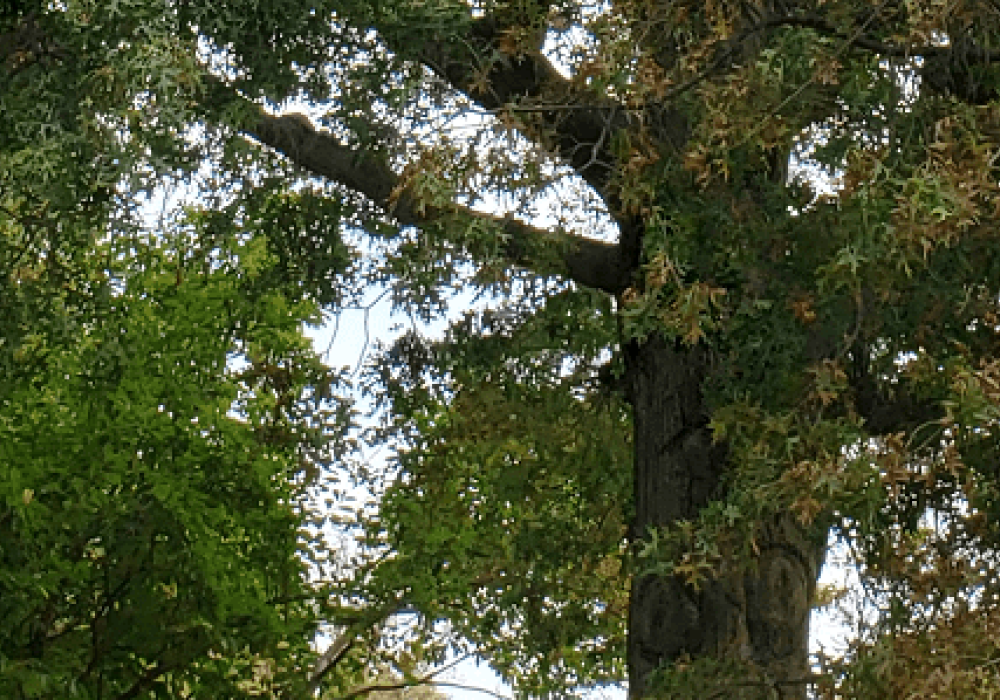
Bacterial Leaf Scorch
POSTED ON: BY: Burkholder PHC
Bacterial leaf scorch (BLS) is a systemic bacterial infection treated via cultural management practices. Eastern Pennsylvania residents have been dealing with this disease for decades. BLS is widespread in Pennsylvania on pin oaks and red oaks, is known to be spreading toward the state’s western region.
Learn About Seasonal Plant Issues
Cause & Spread
BLS is…

Introduction to Invasive Plants
POSTED ON: BY: Burkholder PHC
We have discussed invasive species in general as well as some invasive plants, and today we will explore invasive plants in more detail. In future articles, we will examine specific examples of invasive plants in Pennsylvania. Four plants are being phased out of nurseries and will no longer be allowed to be planted. Japanese Barberry and burning bush were phased out at…
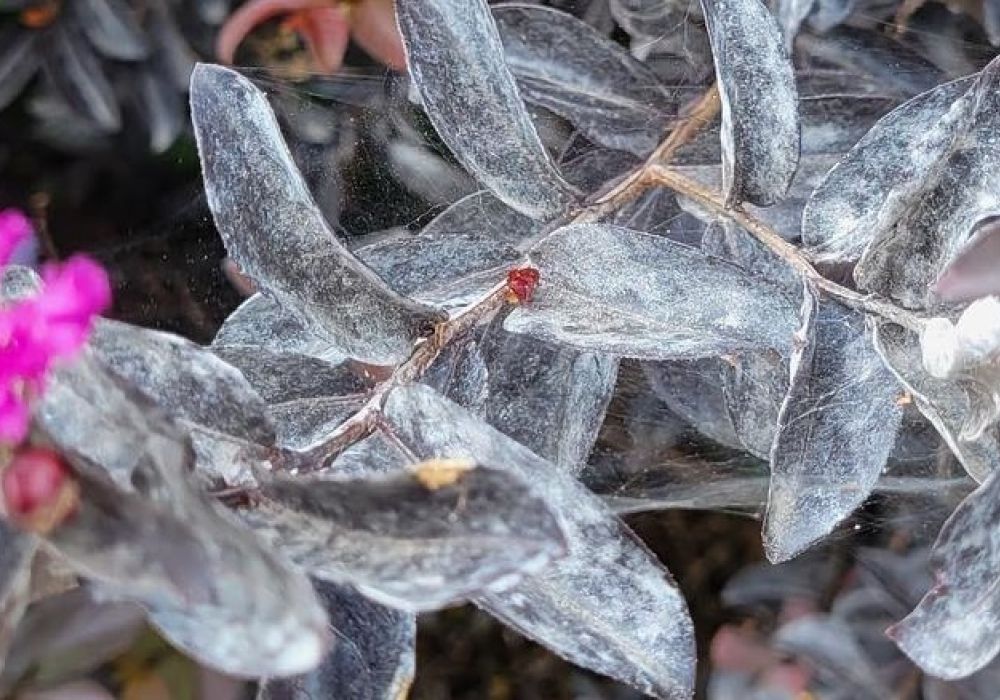
Protect Your Plants from Powdery Mildew
POSTED ON: BY: Burkholder PHC
As a plant health care company, our responsibility is to bring urgent matters concerning the health of your plants to your attention. One potential threat to your thriving landscapes comes from a plant pathogen known as Powdery Mildew. This plant disease compromises your plants’ vitality by attacking the leaf surface. Today, we provide information about their identifyin…
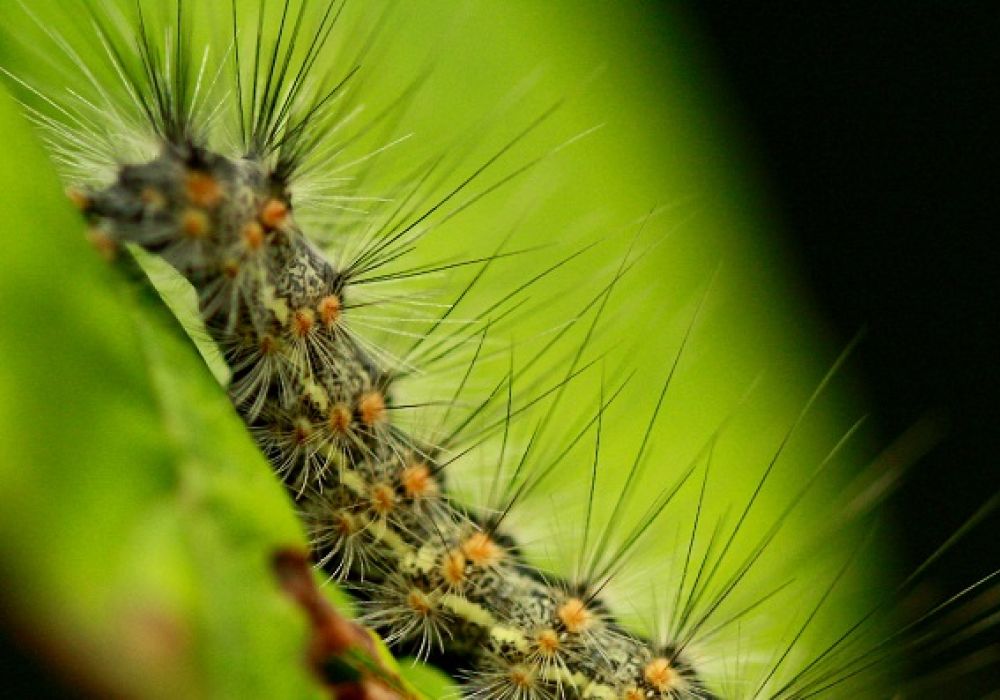
Introduction to Fall Webworm
POSTED ON: BY: Burkholder PHC
Some insects challenge the health and longevity of our cherished landscape plants and one such pest is the Fall Webworm (Hyphantria cunea). This moth is native to North America and causes significant defoliation and stress to around 90 deciduous tree species, including birch, hickory and walnut. Today we will discuss the physical characteristics, complex life cycle, dam…
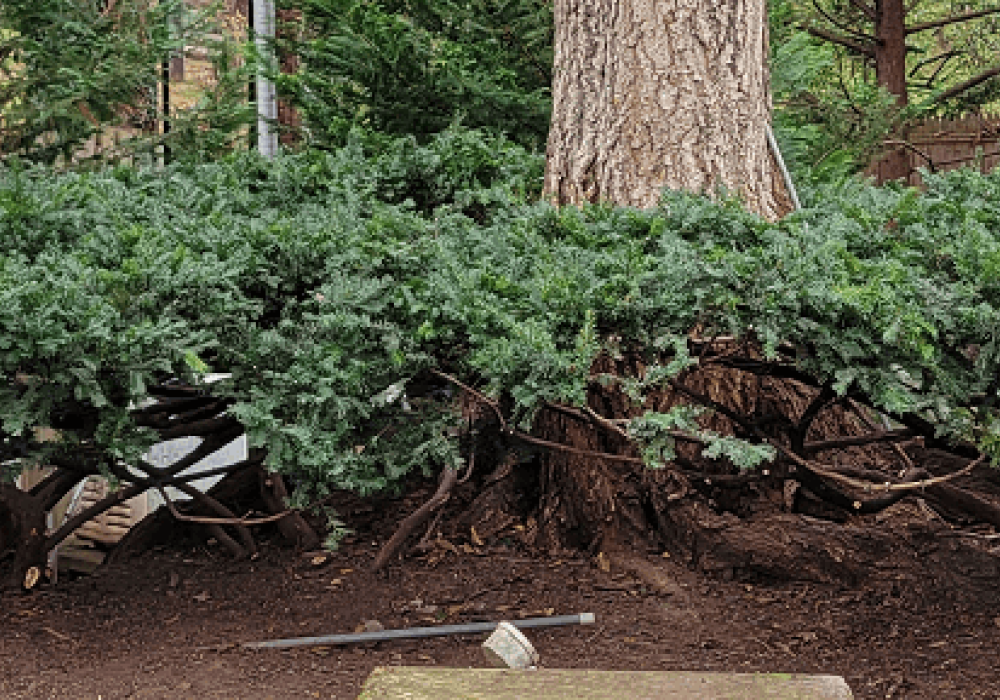
The Importance of Corrective Pruning and Structural Pruning
POSTED ON: BY: Burkholder PHC
As plant health care experts and certified arborists, we provide homeowners with knowledgeable expert care services for their plants and trees. One aspect of our work requires a clear understanding of pruning practices: corrective pruning and structural pruning. Pruning is a crucial aspect of plant health care because it helps to control plants’ growth and maintain thei…

